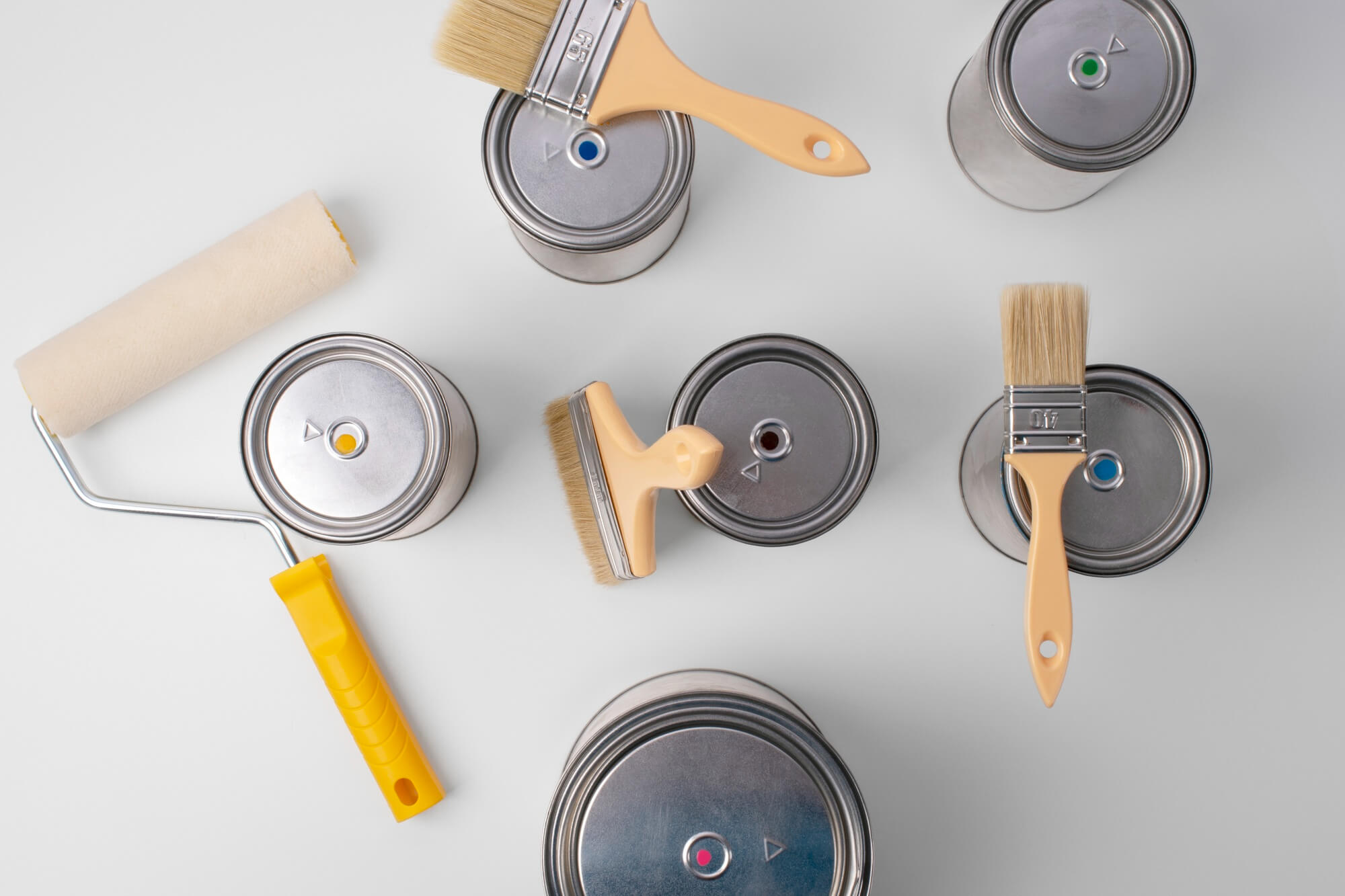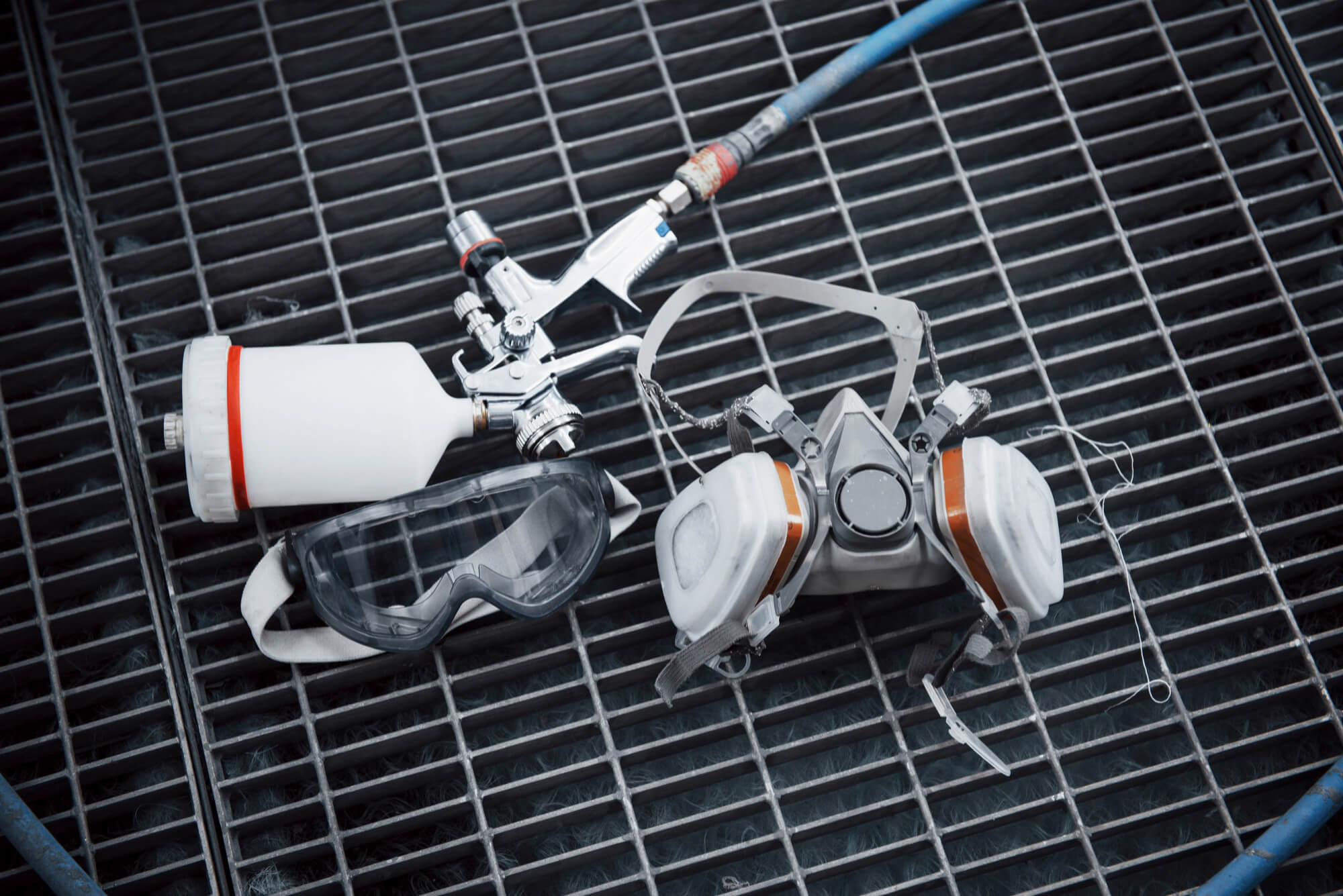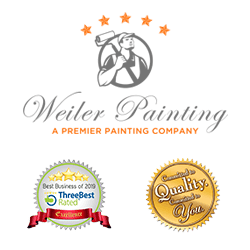Whether you are an experienced painter or a DIY enthusiast, having the right painting tools and equipment can make all the contrast in the quality and efficiency of your painting project. This article will guide you through the top 10 essential tools and equipment you should have in your arsenal before starting any painting job.
Painting Tools
1. Paint Brushes
A good-quality paintbrush is essential for achieving a smooth, even finish. There are various types of paint brushes available, each designed for specific applications:
- Flat brushes: Ideal for large, flat surfaces, they come in different widths to suit your needs.
- Angled brushes: Perfect for cutting in and painting edges or corners.
- Round brushes: Suitable for detailed work or intricate areas.
- When choosing paint brushes, consider bristle material (natural or synthetic), handle design, and size.
2. Paint Rollers
Paint rollers are indispensable for covering large surface areas quickly and efficiently. Key elements to consider when choosing a paint roller include:
- Roller frame: Choose a sturdy frame with a comfortable grip.
- Roller cover: Select the appropriate nap length and material for the type of paint and surface you are working on.
- Extension pole: An adjustable pole will allow you to reach high or hard-to-reach areas without needing a ladder.
3. Paint Trays
Paint trays are essential for holding and distributing paint evenly onto your roller or brush. Look for a sturdy tray with a deep well for having paint and a ribbed surface for distributing paint evenly on your roller.
4. Painter’s Tape
Painter’s tape is essential for achieving clean, crisp edges and protecting surfaces from paint splatter. Choose a high-quality tape that will adhere well to surfaces without leaving a residue when removed.
5. Drop Cloths
Cover your floors and furniture from paint splatter and spills by using drop cloths. There are various types available, including:
- Canvas drop cloths: Durable, reusable, and absorbent, ideal for long-term projects.
- Plastic drop cloths: Lightweight and inexpensive, they are suitable for shorter projects but may not provide as much protection as a canvas.
- Paper drop cloths: Good for covering furniture or tight spaces, they are disposable and easy to cut to size.
Painting Equipment
6. Ladders and Scaffolding
Having the right ladder or scaffolding is essential when painting at height or in hard-to-reach areas. Choose a sturdy, well-built ladder or scaffold that meets safety standards and is appropriate for the height you need to reach.
7. Paint Sprayer
A paint sprayer is an excellent investment for large-scale projects or those requiring a fine finish. There are different types of paint sprayers available, such as:
- Airless paint sprayers: Suitable for large projects and various surfaces, they provide a smooth, even finish.
- HVLP (High Volume, Low Pressure) paint sprayers: Ideal for detail work and smaller projects, they offer better control and less overspray.
8. Sanding Tools
Proper surface preparation is key to a successful paint job. Sanding tools, such as sandpaper, sanding blocks, or electric sanders, are essential for smoothing surfaces and removing old paint or imperfections.
9. Putty Knife and Filling Compound
A putty knife and filling compound are essential for repairing cracks, holes, or other surface imperfections before painting. Ensuring a smooth, even surface will significantly improve the final appearance of your paint job.
- Putty knife: Choose a flexible, stainless steel blade that is comfortable to hold and easy to clean.
- Filling compound: Select a suitable compound for your surface material (e.g., wood filler, spackle, or joint compound). Consider factors such as drying time, standability, and shrinkage.
10. Paint Can Opener and Stir Stick
A paint can opener is a simple but essential tool for quickly opening paint cans without damaging the lid. A stir stick is necessary for thoroughly mixing paint before application to ensure consistent color and texture throughout your project.
Paint can opener: Choose a durable, easy-to-use opener that will not damage the can or lid.
Stir stick: A wooden or plastic stir stick will help you mix the paint thoroughly and avoid introducing air bubbles that could affect the paint’s finish.
Conclusion
Investing in the right painting tools and equipment is crucial for achieving professional-quality results in your painting projects. With this list of the top 10 essential painting tools and equipment, provided by Weiler Painting, you will be well-equipped to tackle any painting job, whether you are a seasoned professional or a DIY enthusiast. By using these tools and following best practices, you can ensure a smooth, even finish that will improve the appearance and value of your property.



